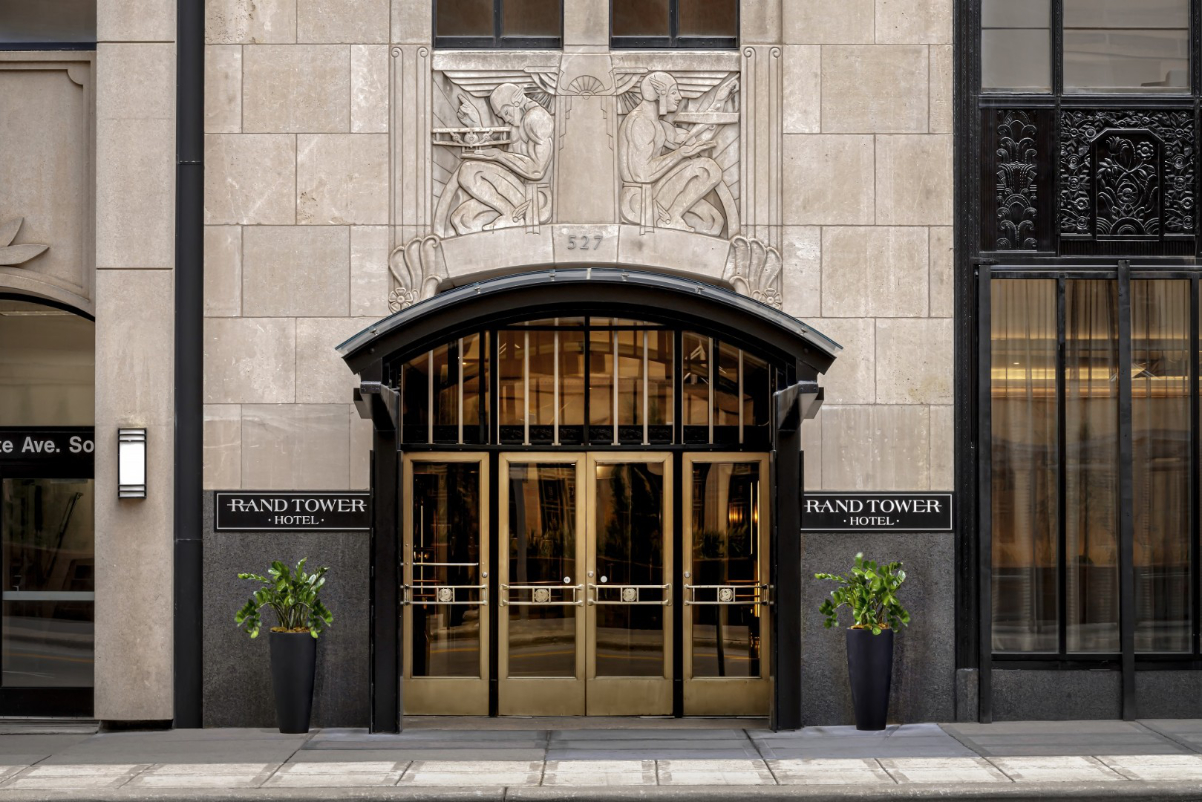U.S. Hotels May Have Hit Occupancy Ceiling in 2024

Skift Take
The Most Important Story: 2024
These are the headlines that drove the conversation in the travel industry in 2024 and will continue to dominate in the new year. See all storiesThe U.S. hotel industry refused to face a sobering reality in 2024: occupancy levels may not fully recover to pre-pandemic peaks for years. The culprit isn't primarily international travel or other excuses. Instead, it's a mix of supply growth and perhaps a fundamental change in corporate travel patterns.
The numbers tell the story. U.S. hotels are averaging 63.9% occupancy nationwide, compared to 66.9% in 2019, according to CoStar, the gold standard in hotel analytics.
That 3-percentage-point gap is more significant than it may first seem because it reflects a national average across a variety of hotels and markets.
Some properties are more significantly impacted than others. Out of the top 25 largest cities in the U.S., New York City experienced the highest occupancy level (86.6%) in November 2024. Houston wasn't far behind. Yet markets with the lowest occupancy for the month included Minneapolis (50%) and St. Louis (52.4%).
For impacted hotel owners, weaker occupancy may demand a strategic rethink. Some may need to pivot toward group business by adding meeting space. Others might court leisure travelers or cut operational costs more aggressively.
More Hotels
One explanation for the rising number of vacant rooms is supply growth. Since 2019, the U.S. added 618 net hotels, CoStar said.
"Small but steady supply growth means there are simply more hotel rooms to fill," said Jan Freitag, national director, hospitality analytics, at CoStar Group.
Demand was modestly weaker this year as an overall national average than pre-pandemic. However, CoStar says the demand shortfall only worked out to an equivalent of about 17 million fewer room nights booked this year compared to 2019.
A bigger factor was a supply addition, which essentially made an extra 58 million room nights available this year compared with 2019.
"Taking those figures together explains the 3 percentage point change in occupancy between 2019 and 2024," Freitag said.
Shorter Corporate Trips
What explains the modestly weaker demand, given that the U.S. economy appears roughly as healthy as in 2019 — and airlines say their corporate business is mostly back?
One plausible explanation is that fewer people are consistently in offices. So corporate road warriors, once reliable hotel guests, are taking shorter trips as hybrid work becomes entrenched. That's according to Ryan Meliker, president and co-founder of Lodging Analytics Research & Consulting (LARC).
"Corporate transient has always been a very large component of U.S. hotel demand, and one of the things we still see in 2024 is that people aren't in the office as much as they used to be," Meliker said. "So when people aren't in the office as much, people don't stay as many nights visiting people at offices. They compress multi-day trips into overnighters."
Meliker said industries that traditionally drove hotel demand—technology, insurance, financial services, and professional services—continue to cling to flexible work.
The impact is dramatic in certain segments. "Audit firms that once camped out at client sites for weeks now conduct much work remotely," he said.
Consider the data: Office utilization sits at just 2.78 days per week, according to the Flex Index, which surveys 13,000 U.S. companies.
Office occupancy levels on the week's busiest day (Tuesday) were 64% on average, according to Kastle Systems' office swipe figures for 10 major metropolitan areas for the week of December 5. That was a record high since December 2020. However, the least-visited day of the week (Friday) remained stuck at 35.5%.
The industry's optimists, like Hilton CEO Chris Nassetta, maintain corporate travel will fully normalize.
At Skift Global Forum, Marriott CEO Anthony Capuano said he was optimistic about a full recovery in corporate travel because in the first half of the year in all markets (except China), the hotel giant saw "steady improvement" in both occupancy and rate.
However, at least in 2024, and possibly for 2025, too, hotel occupancy may lag previous highs across the hotel sector on average.
Occupancy to Recover Further?
Hotel demand isn't weaker only because of fewer and shorter business trips by large corporations.
"There's no one answer for the room demand shortfall," Freitag said. He cited a mix of minor additional factors, including possibly more Americans traveling abroad this year than in 2019 and fewer inbound international visitors. These may revert to 2019 levels in the next couple of years.
Some cities are pulling the averages down, too. Washington, D.C., which has been below 2019 averages, may rebound.
"Boeing moved its headquarters from Chicago to D.C., Raytheon has moved, Amazon created a second HQ in the region," said Dan Peek, President at JLL Hotels & Hospitality for the Americas. "Businesses are flowing to where the money is."
However, occupancy may remain challenged for some time.
The Profitability Question
You might argue that hotels have, roughly speaking, successfully kept their room rates in line with inflation. Perhaps they don't need as much occupancy to make a profit.
"If occupancy is a little lower but rate is notably higher, that can actually be profitable if you're keeping costs in check," Peek said.
Some hotels have reduced some costs, such as by having less frequent housekeeping and adopting savvier revenue management software to set optimal rates.
Yet, this year, rising costs undermined the strong pricing power. In many cities, new union contracts are reinstating pre-pandemic cleaning protocols while demanding steep wage hikes, Meliker noted.
Those three percentage points of missing occupancy points look quite costly at some hotels.
Accommodations Sector Stock Index Performance Year-to-Date
What am I looking at? The performance of hotels and short-term rental sector stocks within the ST200. The index includes companies publicly traded across global markets, including international and regional hotel brands, hotel REITs, hotel management companies, alternative accommodations, and timeshares.
The Skift Travel 200 (ST200) combines the financial performance of nearly 200 travel companies worth more than a trillion dollars into a single number. See more hotels and short-term rental financial sector performance.





